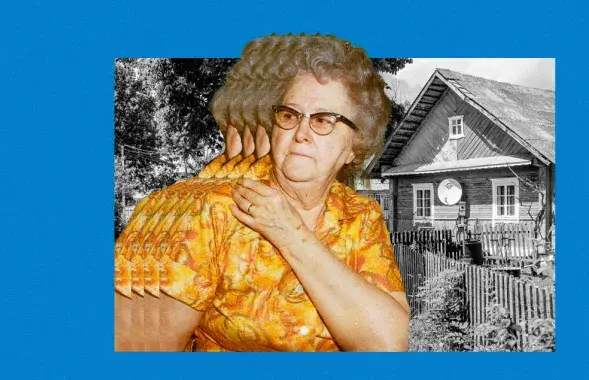Belarusians celebrate Day of Rejoicing
The holiday which is also called the Easter of the Dead by the people has pagan roots. However, it was included in the cult of the Orthodox Church.
The Day of Rejoicing is celebrated a week after
the Easter, on Tuesday. On this day, the whole family visits the graves of
their deceased ancestors. At first they commemorate the family members in a
church and then go to a cemetery. The
paschal foods will then be consumed by the friends and relatives of the
deceased, as a part of the ritual. It is common to place an Easter
egg on
the graves of the departed.
Besides, the
Orthodox Church does not approve this ritual and urges the believers only to
pray for the peace of souls of their dear deceased and to commit good deeds in
their memory. One of such deeds is to clean and decorate the graves. It is
often done before the actual holiday, either on the eve - the so-called Alive
Day of Rejoicing - or several days before the holiday.
The Day of
Rejoicing is also often called the Haunt Easter in Belarus. There existed many
pagan customs connected with this holiday. For example, when they cleaned a
grave of a man, they tied a braided towel on the cross, a woman's grave - they
tied a small white apron, and they also placed a flower-chain on the cross if
the grave belonged to a maiden.
After the cemetery,
people organized festive dinners at their houses, where they sang songs, danced
and played games. It wasn't considered a sacrilege but had a ritual meaning - to overcome death, not
to fear it.

















